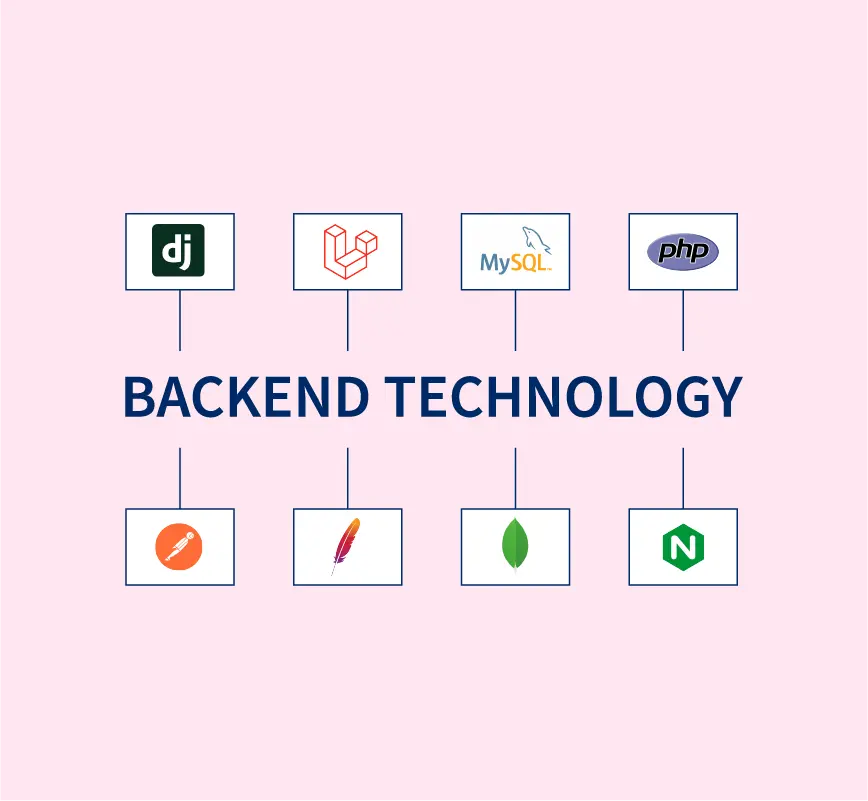Introduction:
Backend development forms the backbone of any web application. Without the functionality of backend programming, your favorite websites, from social media platforms and e-commerce stores to streaming giants like Netflix, wouldn’t function as you know them today. When we read this article, we will better understand what backend development is, its main points and why it is an important part of the world of web applications.
What is Backend Development?
Backend development,often referred to as the “server side”, this side is an important part of web development that focuses on how a website or web application works. It contains all the elements that users cannot see or directly interact with but are important for the website to function. This includes databases, servers and applications.
Components of Backend Development:
Server: A server is a powerful computer used to host websites, applications, databases, and files. When a user requests to access a website, the request is sent to the server hosting the website and the server responds with the appropriate information.
Databases: Databases play an important role in backend development as they store all the information a website or application needs. These sites contain user data, web content, application settings, and more. When users interact with the website, relevant information can be obtained or stored in the database.
Application: An application is actually a program that runs on a server and uses business logic to interact with data. The application handles requests (directly from the user or the web front end) and creates database queries to retrieve or store information.
Major Languages and Frameworks:
Several programming languages and frameworks specialize in backend development, including PHP, Java, Python, Ruby, NodeJS, .NET and more. The choice of language and framework depends on the needs of the project, the needs of the business, the skills of the team, and many other factors.
The Role of a Backend Developer:
Backend developers are responsible for creating, maintaining, testing, and debugging the entire back end. This includes APIs, server scripts, database management, and the architecture that connects all aspects of your website or application. Considering that backend developers are responsible for creating and maintaining complex data and applications, backend developers must have coding and debugging skills, understand high-tech thinking, and have problem-solving skills.
Conclusion:
The world of end-user development is vast and ever-growing. Although it is a part of web development that users cannot directly see, its effects are something users interact with every day. If you’re an aspiring developer or hobbyist, delving into backend development will open up a world of opportunities. It is where logic is based on numbers, where numbers are converted into usable data and where the magic behind every website and website application is revealed.

